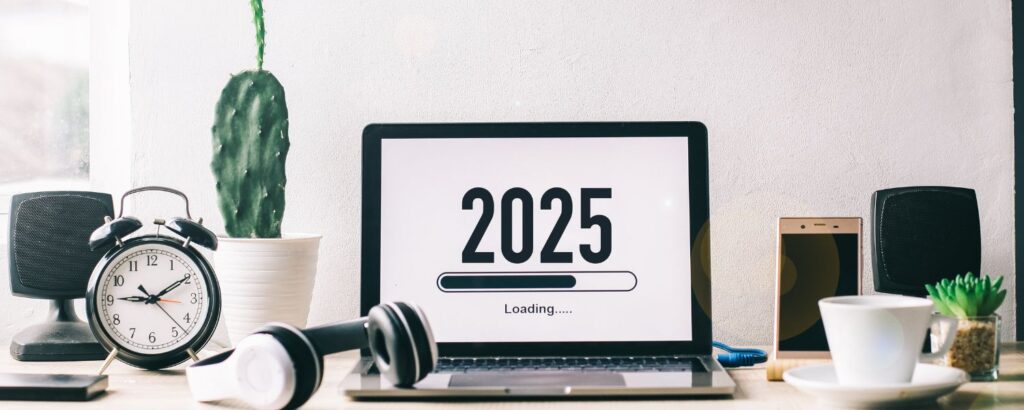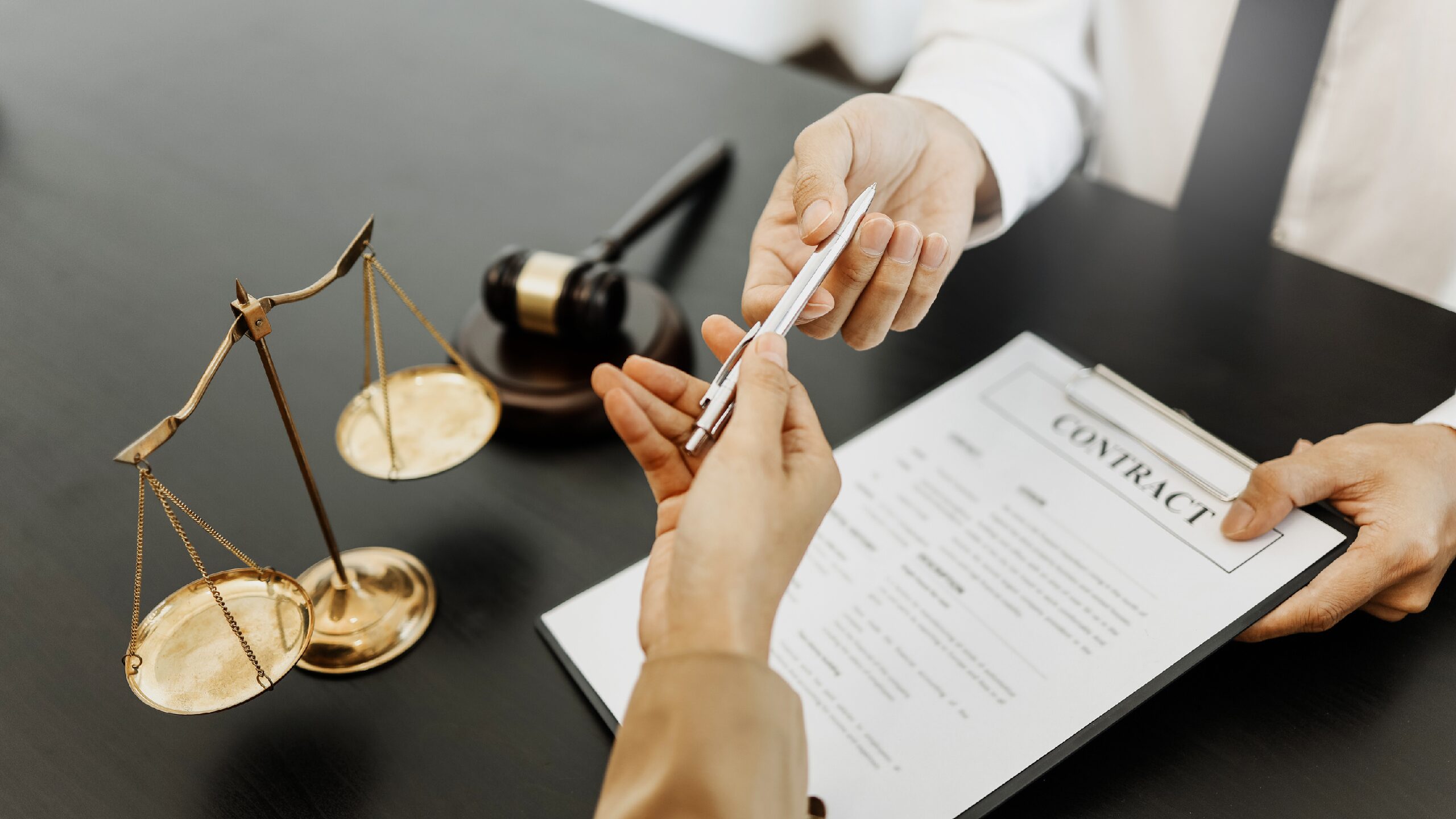What are the types of VAT Codes within Xero?
When it comes to Xero and tax codes, there can be a lot to get your head around. As a VAT registered business, you are responsible to include the VAT in the price of all goods and services. Entering your sales and purchases against the right codes will make sure you complete your VAT return correctly.
This blog post will explain the basics and which rate to use depending on your situation.
20% VAT
The most common rate that effects most individuals in the UK daily is 20%. 20% VAT is the standard rate of VAT in the UK and is applied to any purchase of vatable supplies/services, given it is not eligible for the reduced rate of 5%.
5% VAT
5% VAT is the reduced rate of VAT in the UK and is applied to the purchases of items eligible for the reduced rate of VAT. Some examples of services eligible for the reduced rate are energy costs and children’s car seats. A full list of goods and services eligible for the reduced rate can be found on HMRC here.
Exempt VAT
Although most transactions are subject to the standard rate or zero rate of VAT, exempt VAT is applied to services which are exempt from VAT. Examples of this are insurance, financial services such as bank charges and medical treatments. Exempt items differ from zero rated items although they both include no VAT, as zero-rated items are charged VAT of 0%. Using the wrong rate will mean the figure declared in box 7 of the VAT return will be incorrect.
Zero rated VAT
Zero rated VAT is applied to any transactions where VAT is charged at the rate of 0%. These are known to be essentials such as purchases of foods such as fruit & vegetables. Furthermore, paying invoices from a business which is not VAT registered would be accounted for using zero rated VAT.
Zero rated purchases will include the figure in box 7 of the VAT Return. If you do not have supporting evidence of input tax, we recommend you should be using Zero rated.
NO VAT
No VAT is generally applied to costs where there is no service or goods provided. Examples of this are dividends and directors’ transactions.
If you use “No VAT” the transactions will not appear at all on the VAT return, as these are outside the scope of VAT.
Reverse charge VAT
Reverse charge is the responsibility of the customer rather than the supplier. VAT is not charged on the sales invoice, but you may need to include reverse charge. Reverse charge is recorded on the VAT return, both in the sales and purchase, effectively giving a NIL effect.
One example where reverse charge applies: Some suppliers of services are based outside the UK. For many of these services, the suppliers do not register for VAT in the UK and so do not charge VAT. Instead, you as the customer must apply the reverse charge rules. Receipts or invoices received should have a note on them along the lines of “This supply has been made under the reverse charge scheme”. Where this is the case, please use “Reverse Charge Expenses (20%)”. If a supplier of services is applying VAT to the invoices which you cannot claim back due to the reverse charge VAT rules, you can contact the supplier to remove the VAT on the invoices which can help save on your costs. To do this, you will need to provide the supplier with your UK VAT number.
Reverse charge VAT now also applies to Domestic Reverse Charge (DRC). The DRC effect those that supply or receive services under the Construction Industry Scheme. For more information on DRC, please contact Farnell Clarke.
Do you still need advice?
We hope this quick guide was helpful for you, but if you still need further advice, here at Farnell Clarke we can answer any questions you may have – don’t hesitate to get in touch with us today.


